Assisted living adjusts for future: New facility near Montrose anticipates pandemic impact
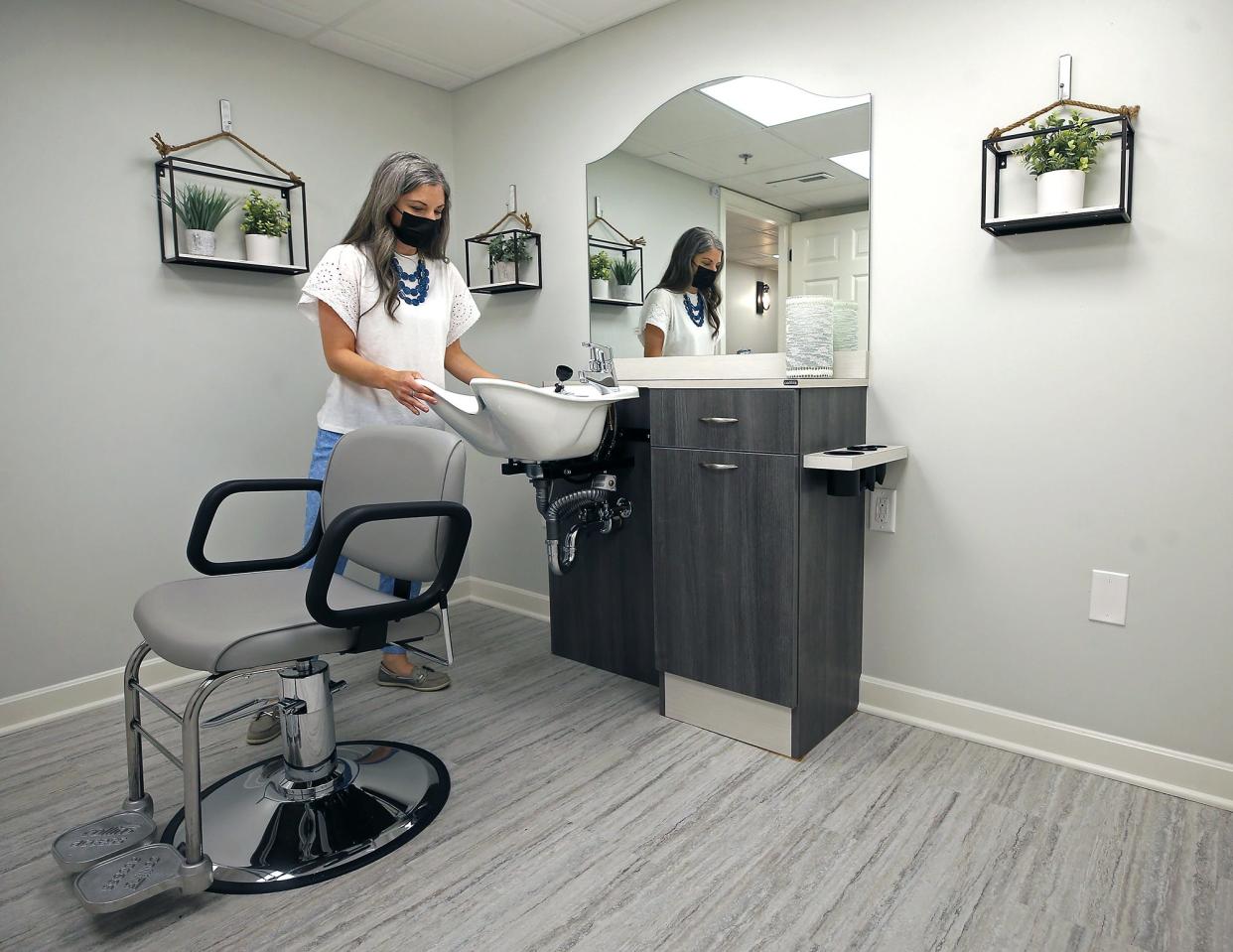
- Oops!Something went wrong.Please try again later.
Just a few years ago, the idea of creating large assisted living options to serve America's burgeoning senior population may have seemed like the model for success.
Then, the onset of the COVID-19 pandemic complicated the picture. Staffing challenges, skyrocketing startup costs and the long-term effects of the coronavirus itself have become game changers in the industry.
Figuring out how to balance those factors and still meet the rising demand for care has been a key focus for the operators of Camella Living. The 12-bed facility opened this year in Copley Township — just southwest of the Montrose commercial district.
April Daniska, an advanced practice nurse with 17 years of experience and co-founder of Camella, said COVID has accelerated the need for assisted living facilities. While the Montrose area and its wider surroundings in Fairlawn, Copley and Bath Township do not lack for care options, Daniska said she expects growth to continue,
"The percentage of seniors needing assisted living, we still don't have enough accommodations for all of them," Daniska said.
"Five years from now, there will be a need for more facilities," Daniska said. "COVID has changed a lot of long-term diagnoses. COVID has really accelerated dementia diagnoses. COVID is pushing more residents into needing that care."
Older adults are projected to outnumber children under age 18 for the first time in U.S. history by 2034, according to Census Bureau projections.
Matthew L. Reed, the senior vice president of community engagement for Direction Home, an areawide nonprofit that provides resources on aging and disabilities, said the spike in the number of people age 85 or older has led to a greater need for specialized care options.
"With this population boom comes more chronic disease, more dementia diagnoses and more need for the development of an integrated care system that offers choice and assurance that the expectations of quality are achieved," Reed said.
Unfortunately, dementia care is only provided by "a small percentage" of facilities, Daniska said.
Camella Living offers care for those with dementia.
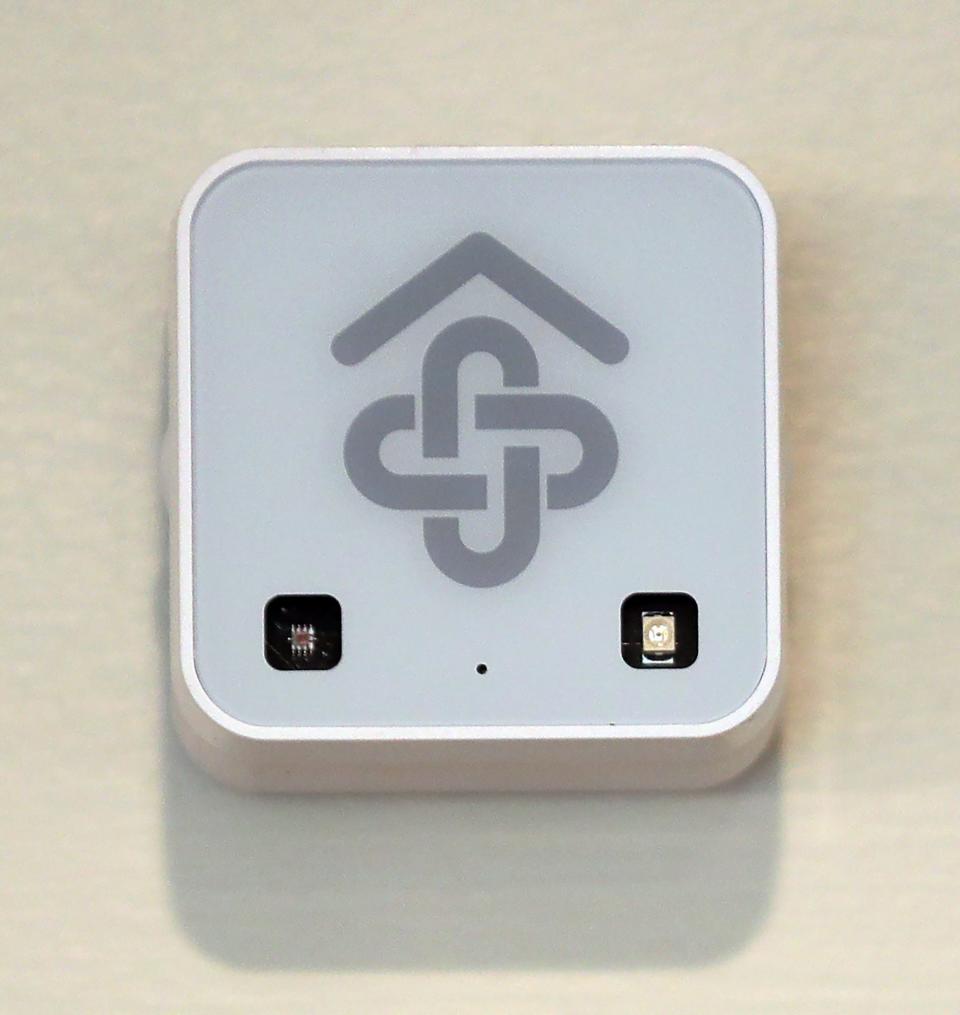
Facility woes: Trapped and forced to hop down staircase: Tenant sues Kenmore Place over inaccessibility
Looking to the future: What can the city of Akron do make sure low-income and older esidents have safe housing?
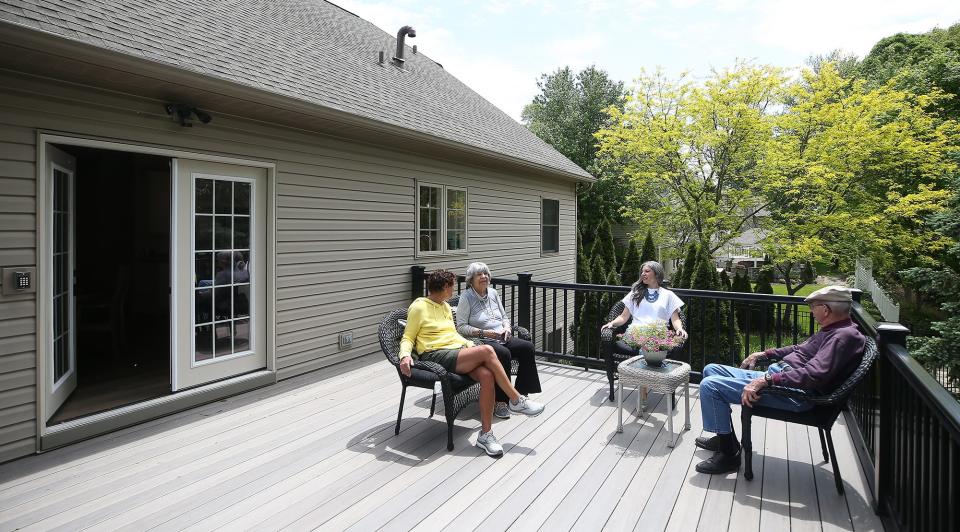
According to the National Library of Medicine, COVID-19, not only causes respiratory complications, but also may increase the risk of developing dementia,
"We don't see a trend yet; this is all so new," Dansika said, but she expects the neurological impact of COVID-19 "will create a long-term shift in senior needs."
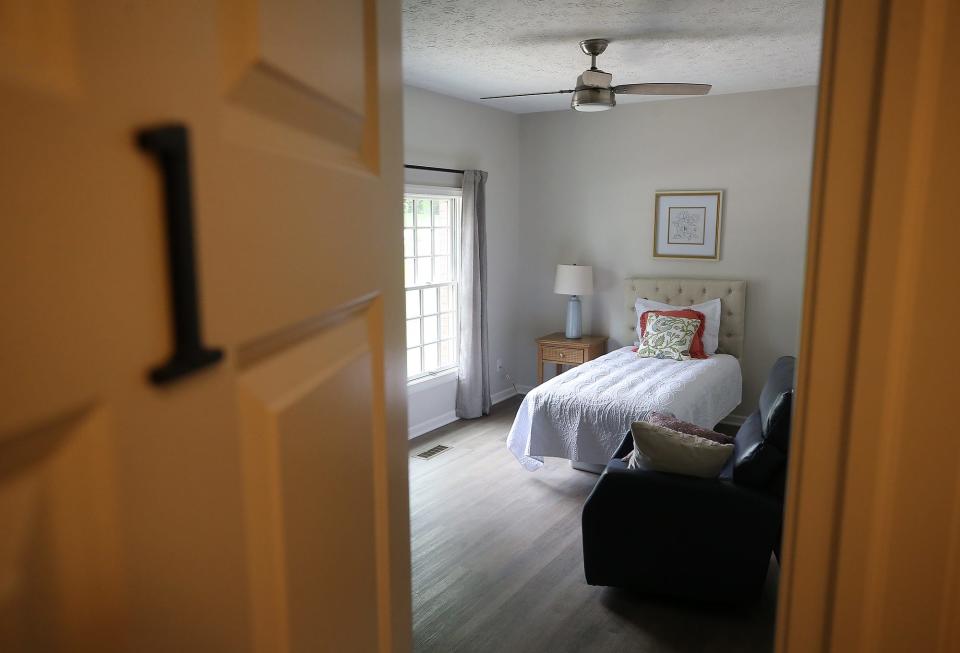
Staffing shortages also can impact quality of care
Alongside the need for more facilities and beds is the need for more specialized professionals to staff these operations, Daniska said..
"In Ohio, we've always had a shortage of psychologists and neurologists," Daniska said. "This was even before COVID, but COVID has exacerbated it. There's a large probability of dementia residents falling through the cracks because they can't advocate for themselves."
General staff shortages also mean a limit to how many residents a facility can take on, Daniska said.
"A facility might have 100 beds, but the staff shortage may mean only 30 residents can be cared for there," she said.
Reed said the pandemic worsened an already challenging atmosphere for staffing.
"The health crisis brought on by the pandemic was made so much more severe when the workforce issues became apparent," Reed said. "Even in non-pandemic times, recruiting, training and retaining a steady and reliable long term care workforce is challenging. The pandemic made it so much worse with facilities scrambling to have sufficient staff to meet the needs of residents."
Increased scrutiny: Dementia gets renewed focus following restrictions brought by COVID-19 pandemic
In addition, the Ohio Department of Health postponed most of its annual surveys regarding care, Reed said.
"In the past months following COVID restrictions, the Ombudsman Program has seen that complaints have escalated from individual instances of care complaints to a 'systems' complaints which impact multiple residents," Reed said.
Other changes in the health care industry have further complicated care plans, Reed said.
"For example, because of pressures from hospitals to limit expensive in-hospital stays, residents in nursing home are now admitted more acutely ill than ever before," Reed said. "Residents now require more extensive care than ever before. Similarly, because of limited availability of residential mental health services in our communities, more residents in nursing homes require behavioral health interventions."
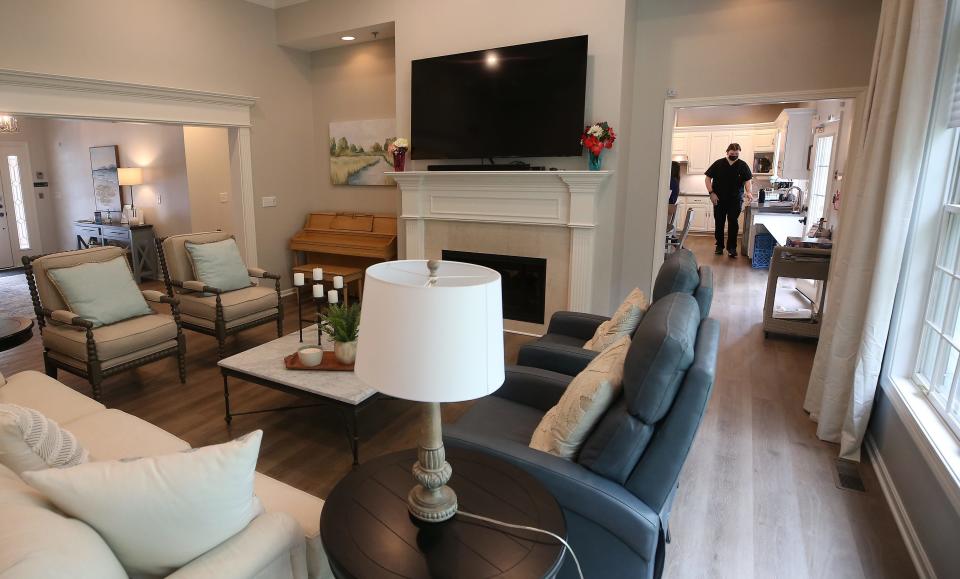
Some facilities struggling to stay open
Despite the need for assisted living and nursing facilities, some places have closed. Stow Glen in Stow closed last year, and Sagamore Estates in Sagmore Hills Township recently announced its closure.
More on Stow Glen: Why we took a closer look at the closure of Stow-Glen Retirement Village
Warning sign?: Could Stow-Glen's closure signal trouble for other long-term care providers across Ohio?
Daniska said the high costs of providing care have accelerated due to the higher care and equipment needs brought on by COVID-19.
"The increased costs for skilled care in ways that would not have been forecasted, and are forcing them to shut their doors," Daniska said. "Things are no longer sustainable. The costs associated with the mandates and requirements are overwhelming, especially with the staffing shortages."
For example, Daniska said she talked to someone at another care facility who told her that to just test everyone at the facility and enter the results in a database could easily be a full-time position.
As well as the higher costs, the pandemic also prompted some families to move their loved ones out of care facilities and into their own homes, Daniska said.
Reed said that conditions "have made it competitive and financially more difficult to provide quality care."
"Also, consumers have more options than ever before, such as home and community based services," Reed said. "As a result, facilities are closing, downsizing."
Health care in the home: Former Bhutanese refugee opens home health care business
Building out to a manageable scale
Daniska said a facility such as Camella Living, which has a low number of residents, can better weather changes in staffing and the economy due to its smaller size and ability to be nimble.
She said she believes the state of Ohio could do more to allow and encourage innovative ideas and care options. For example, Camella Living is in a neighborhood, with the facility itself looking like a larger residential home.
"If I go to Arizona, California, Texas, these residential assisted living facilities are very common over there," she said. "Here, they are almost unheard of. The rules and regulations are set up to better fit the larger facilities. I've been pushing to advocate for more options."
Reporter April Helms can be reached at ahelms@thebeaconjournal.com
This article originally appeared on Akron Beacon Journal: New Montrose-area assisted living facility adjusts for pandemic impact

